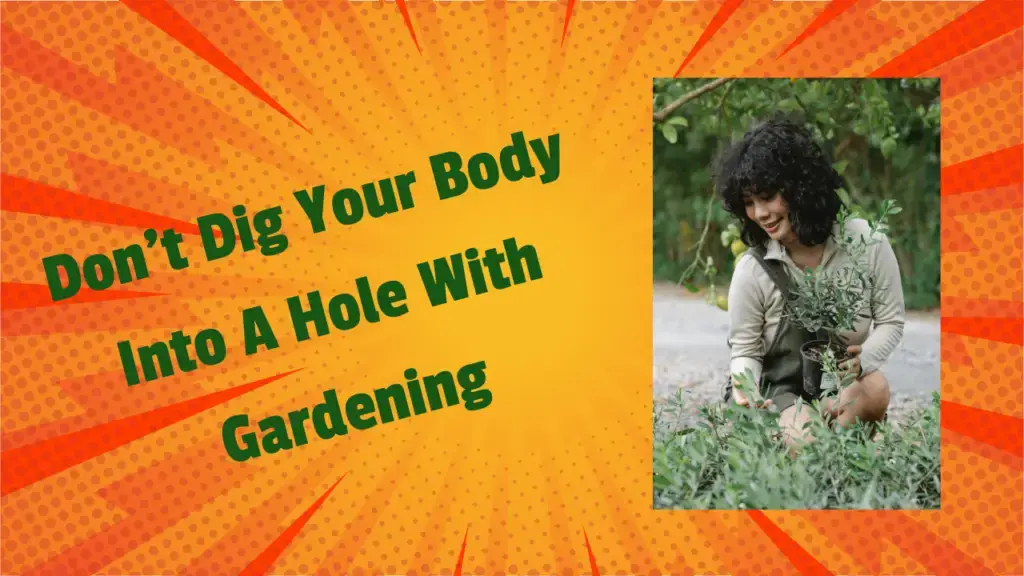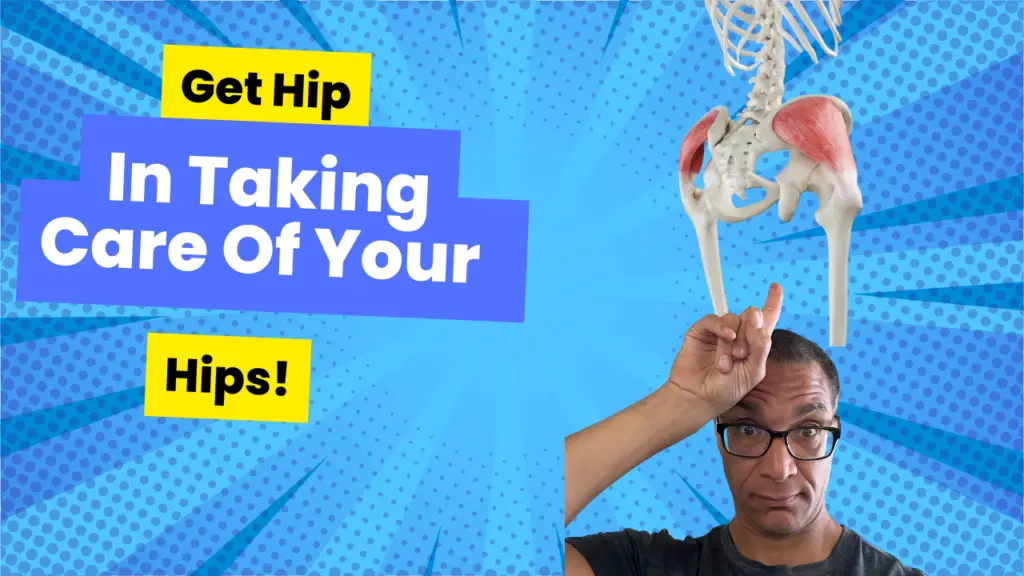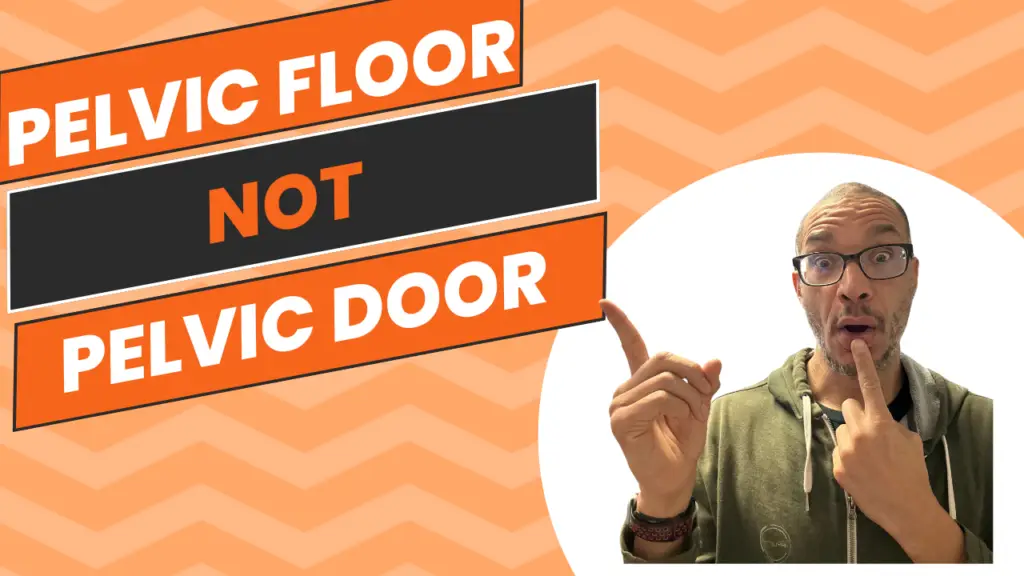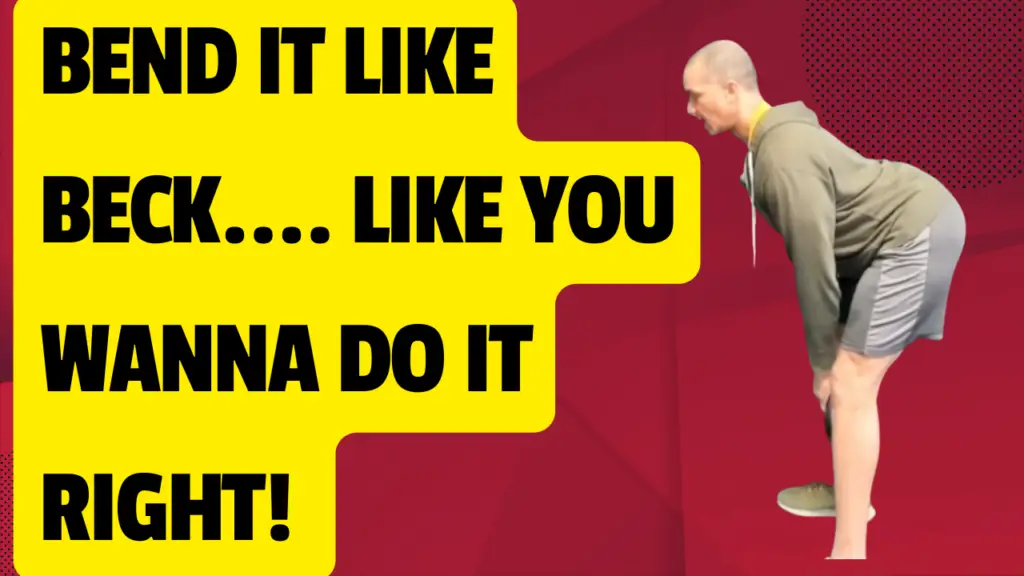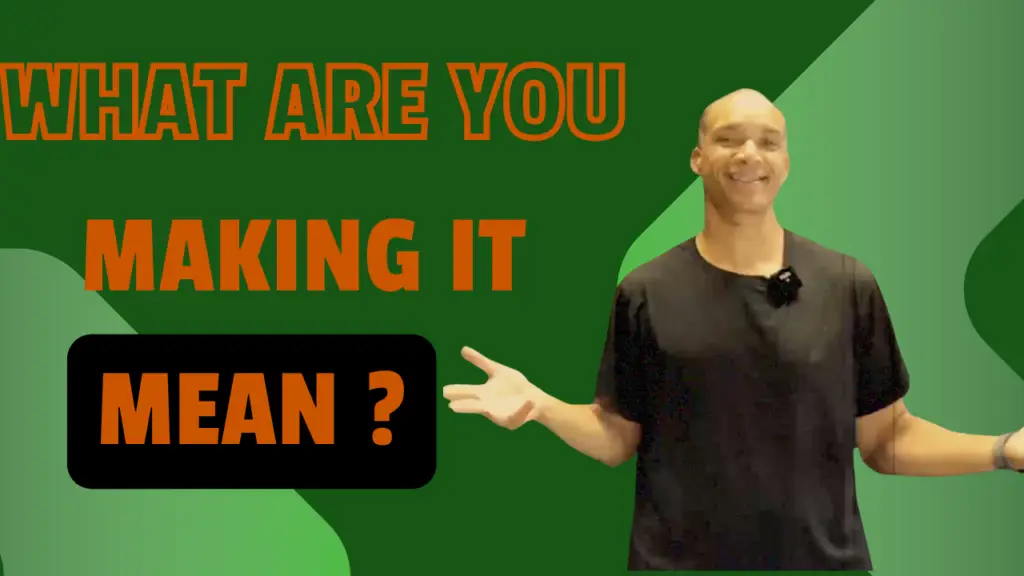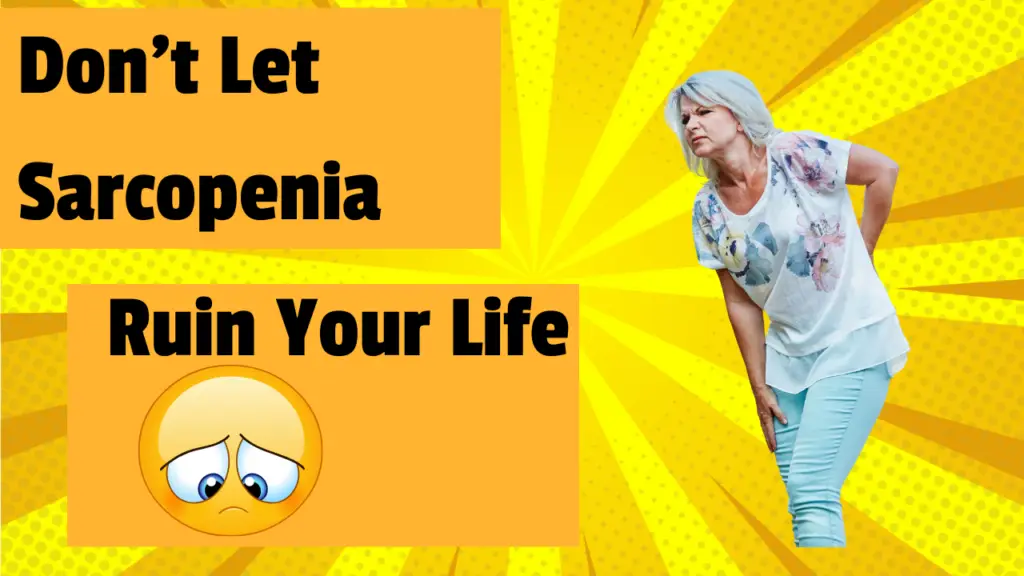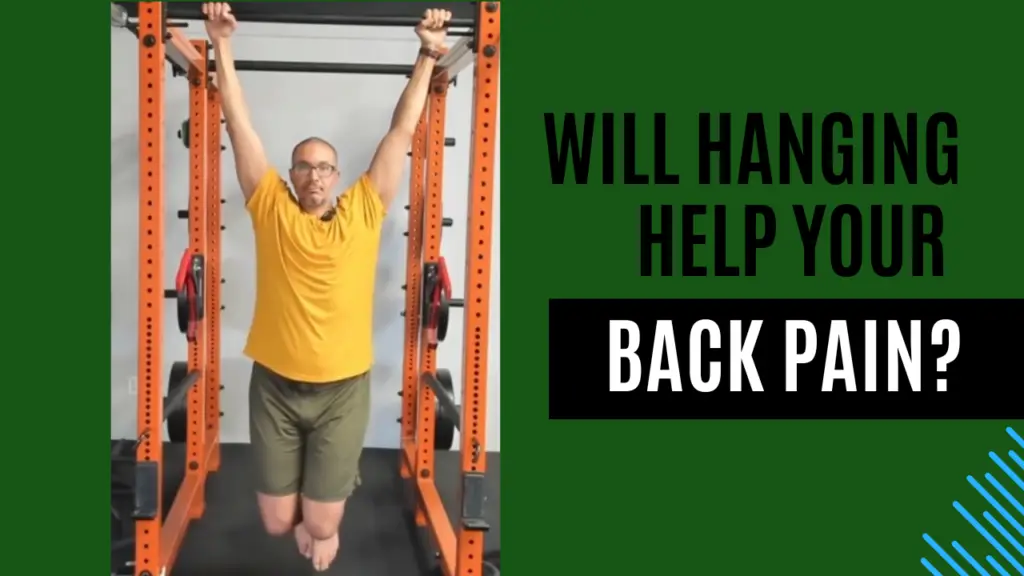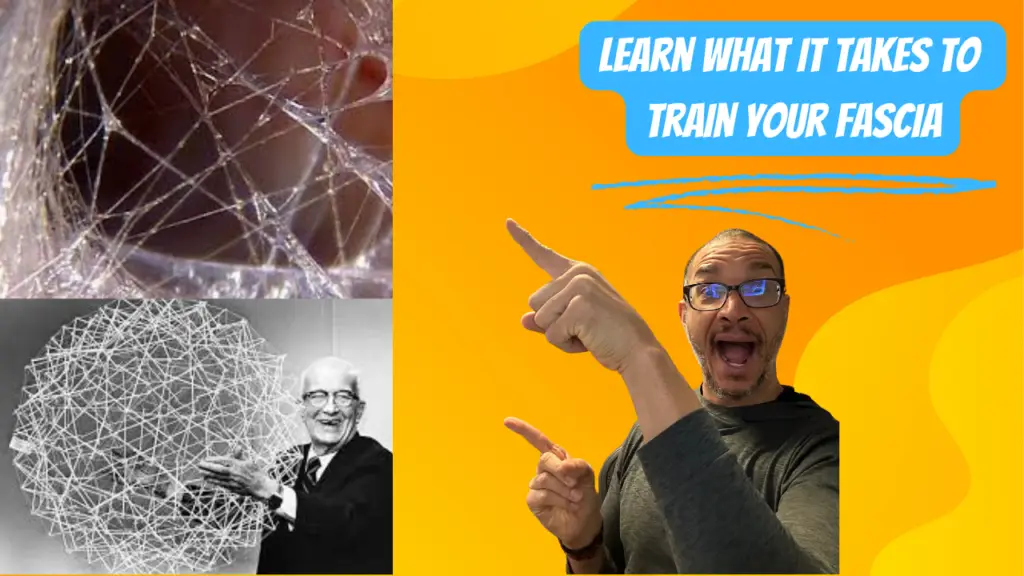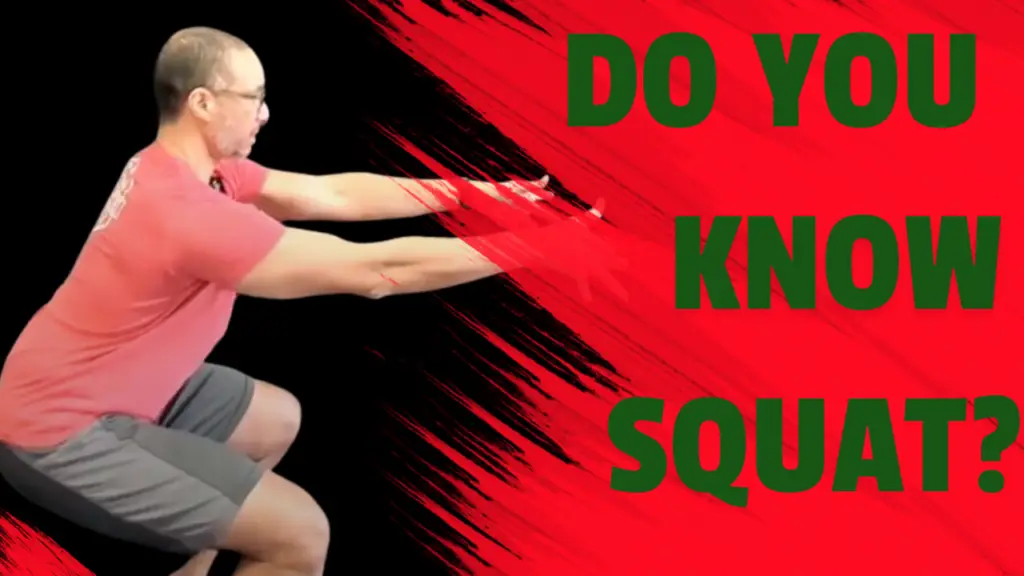The lunge is one of the seven primal movements — foundational patterns your body needs to perform life’s activities. It shows up in everything from walking up stairs to playing sports. But despite its importance, most people do it wrong. And improper lunges can lead to dysfunction, pain, and eventually injury.
Let’s break this down holistically — the way your body is meant to be understood.
Click on the image to watch the full video

Why Lunges Matter (And Why Most People Get Them Wrong)
Lunges are a global movement, meaning they involve many joints, muscles, and fascia chains working together. But too many people skip the prep work and just jump into reps. That leads the body to “cheat” the movement — finding ways to make it happen, but not necessarily the right way.
And those cheats? They lead to bad movement patterns, compensation, and eventually breakdowns like knee pain or low back strain.
Before doing lunges, your body needs to be trained for them — especially in the areas that stabilize and coordinate your leg and pelvis.
Key Muscles You’re Probably Not Training Properly
Two of the most important muscles for safe, strong lunges are the glute medius and adductor longus. These muscles are opposites — one on the outside of the hip and one on the inside of the thigh — and they work together to stabilize your leg and pelvis.
Most people train the glute med with exercises like the “clam.” But here’s the issue:
- The clam only targets part of the glute med (there are three fibers).
- It usually involves hip external rotation, which recruits the piriformis — not what you want if you’re trying to isolate glute med.
- It doesn’t train the fascia chain that connects the glute med to your entire body.
A better approach? Train each fiber of the glute med specifically, and in a position that mimics how your body moves in life — like during a lunge.
The same goes for the adductor longus. To train it properly, use motions that involve hip flexion, internal rotation, and adduction — not just squeezing your legs together.
Segmental Training: Fix the Weak Link
Lunges don’t fail because your quads aren’t strong. They fail because one link in your movement chain is weak or misfiring. That’s why I teach segmental training — working specific muscles in their purest form so they can do their job when it matters.
You’re only as strong as your weakest link. If the glute med can’t stabilize your pelvis, no amount of squats, step-ups, or lunges will fix the imbalance.
Micro Movements Drive Macro Success
The lunge isn’t just a bend of the hip and knee — it involves rotation, weight transfer, balance, and fascia coordination. That’s why I always say:
“The micro movements manage the macro movements.”
When you walk or lunge, your foot and knee rotate slightly — it’s subtle, but critical. If that rotational control isn’t trained first, you’re building a house on a shaky foundation.
Fascia: The Secret Ingredient
Your fascia — the connective tissue that wraps around and links your muscles — plays a huge role in lunging. For example, the tractus iliotibial (IT) band connects fascia from the glute med, thigh, and hip down to your knee.
If that fascial line isn’t trained, it guesses what to do — which means your knee may twist, shift, or compensate.
Training fascia means educating it — not smashing it with foam rollers. That’s why our method incorporates myofascial stretches and specific movements that guide the fascia to behave correctly.
Mastering the Lunge (Once Your Body’s Ready)
Once your body is prepared, here’s how to progress your lunge safely:
🔹 Supported Lunge
Start with one leg forward, most of your weight on the front leg (90/10 split). Let the front knee bend first, followed by the back. Focus on clean, vertical motion — no tipping or twisting.
🔹 Stepping Lunge
Now add movement. Step out with your heel first, not your toe (avoid “ballerina steps”). Your step should be slightly longer than a normal stride for better alignment and control.
🔹 Multiplanar Lunges
Life doesn’t happen in a straight line — neither should your training. Practice lunges:
- Forward
- Diagonal forward
- Lateral
- Diagonal backward
- Backward
This prepares your body for real-world movements like hiking, skiing, or playing with your kids.
Lunges Are More Than a Gym Exercise
When done right, lunges teach your body to move efficiently, absorb force, and transfer energy through your whole system. But when done wrong — with poor prep or misaligned form — they cause more harm than good.
Need Help Getting This Right?
If you want expert guidance tailored to your body, I’ve got two options for you:
- 📥 [Download my Free Report] – Dive deeper into holistic training
- 💬 [Book a Consultation with Me] – Let’s talk about your specific needs
See you next week — and take care of your movement!
Building a foundation for a better life.
Find out more @

